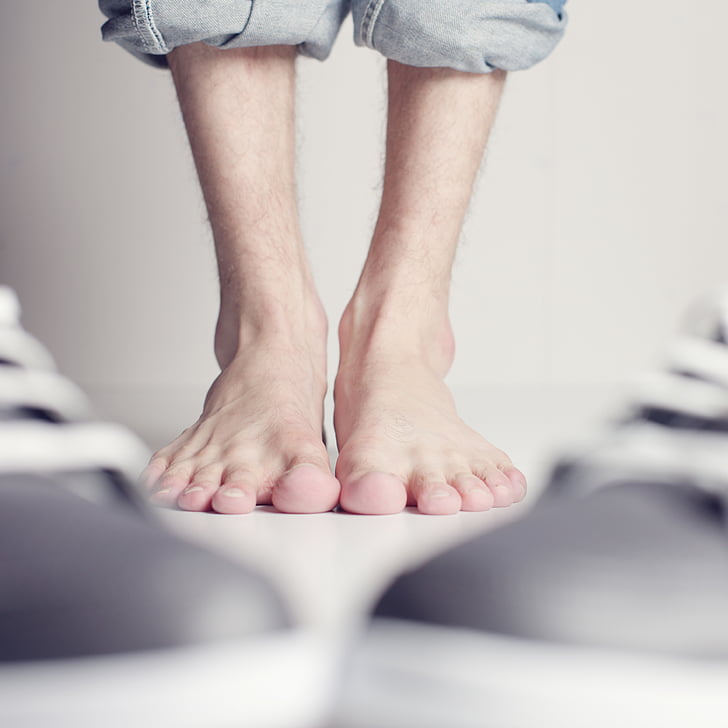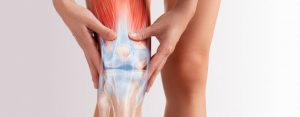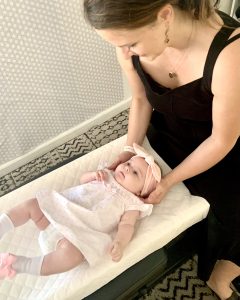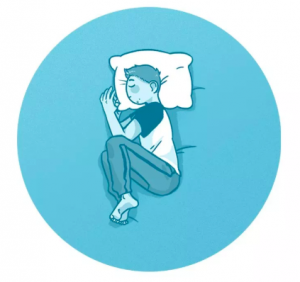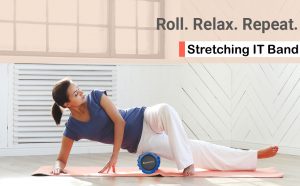Have you ever wanted to try barefoot shoes, but have no idea where to start? How good are these shoes really? What are barefoot shoes anyways? If you’ve asked yourself these questions, this article may be of interest to you! The topic of barefoot shoes has been a topic amongst runners, weightlifters, and trainers in recent years in an attempt to understand how training in barefoot shoes can benefit training in your sport or activity. Medical professionals are also jumping on the topic to attempt to understand how these shoes may benefit individuals dealing with foot and ankle pain, and how this may improve their strength and mobility during movement. Understanding what these shoes are and where ankle and foot pain comes from, helps us better understand what benefits may come from barefoot shoes.
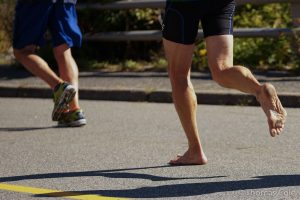
What are barefoot shoes?
Barefoot shoes are considered a minimalist type of shoe that are designed to mimic the feeling of walking around without any shoes. These shoes tend to have thin, flexible soles with a wide toe box that is meant to be lightweight to allow full movement of the foot and ankle muscles. Barefoot shoes can be worn for daily use, sports, or any leisure activities such as walking in the park or walking around an amusement park.
How do barefoot shoes work?

Barefoot shoes are designed to allow full movement of the toes during walking and running. These shoes are meant to feel as if you were walking barefoot, but with some added protection. The end of the shoe, which holds your toes, is called the toe box. The toe box in barefoot shoes are meant to be wider than your average shoe. This gives your toes room to spread out wide with each step you take. The thin and flexible soles of the shoes gives your feet the ability to move in all different directions. The soles also allow you to better feel the ground you are walking or running on.
The wide space and flexibility of the shoes allows the joints of your feet to move with ease and adapt to your walking environment. This leads to proper development of the foot and ankle muscles. The thin and flexible soles increase the sensory feedback from the ground to your feet allowing you to better adapt to your walking and running environment. This adaptability gives your foot and ankle muscles room to grow, increasing your muscle strength alongside strengthening your overall balance and coordination.
Will barefoot shoes work for me?
These shoes will work for almost everyone. Here are some of the benefits to wearing and training in barefoot shoes:
- Improved ankle and foot function: Your feet are like your hands, strong and flexible thanks to the many joints and muscles in the feet. These shoes will allow full movement of these joints giving you the flexibility and dexterity to move in all planes of movement and adapt to your environment.
- Improved ankle and foot strength: The wide space and flexibility of the shoes gives your ankle and toe muscles the space to move and adapt to your environment. This will allow you to engage all the muscles of your foot, including ones that were harder to engage with regular shoes. This leads to improved foot and ankle muscle control which can assist in your athletic performance.
- Improved balance and coordination: When more muscles of the foot are able to activate during movement, this leads to a chain of muscle activation up the legs. This means muscles that move the ankle, knees, and hips are able to activate more during movement increasing your balance and coordination.

What should I look out for?
Depending on the state of your training or any foot conditions you may have, here are some things to note before trying barefoot shoes:
- Lack of cushion: While the flexibility is great for training the muscles, there is no cushion in these shoes. When you run, your feet absorb a lot of stress from the impact on the ground. Should you have any predisposed conditions such as plantar fasciitis, this can increase the stress in the feet.
- Lack of protection for the bottoms of your feet: Thin soles means there is less protection for the skin of your feet, which may increase contact friction with the floor. Just like your hands can blister and callus, so can the bottoms of your feet. While this isn’t painful, this is something that may happen as you train in barefoot shoes.
- Increase in toe width: As you train and increase muscle dexterity in the toes and foot, your toes will also spread out more to help with your balance and coordination. This is great as it decreases your chance for bunion formation and increases your foot functionality. However, you may find wearing your regular shoes uncomfortable after your toes finally have room to move!
How will barefoot shoes help my foot pain?
For patient’s dealing with foot or ankle pain, these shoes allow for increased joint and muscle activation which may strengthen your feet. When you strengthening the foot muscles, decrease your chances of future injury. Additionally, the increase in foot strength will also improve your physical training as you are able to move the muscles and joints with more ease. When transitioning to barefoot shoes, it’s important to note that the transition may take some time.
When you start wearing barefoot shoes, it is recommended to wear the shoes for short amounts of time and for short walks or training sessions in the first few weeks. As you get used to the feeling of moving your foot muscles and the increase in flexibility, you can slowly increase the amount of time you wear the shoes. In no time you will be wearing them more than your other shoes! It’s important to take it slow at the beginning, and feel out how your body is reacting to the shoes. Just like starting a new exercise program, or working out for the first time, these shoes will take some getting used to.
There are a ton of barefoot shoes on the market. For help finding what suits you best, visit our team to find out more about which shoes may best suit you! For more information, you can make an appointment by visit our website or calling 408-248-8700 to schedule.
